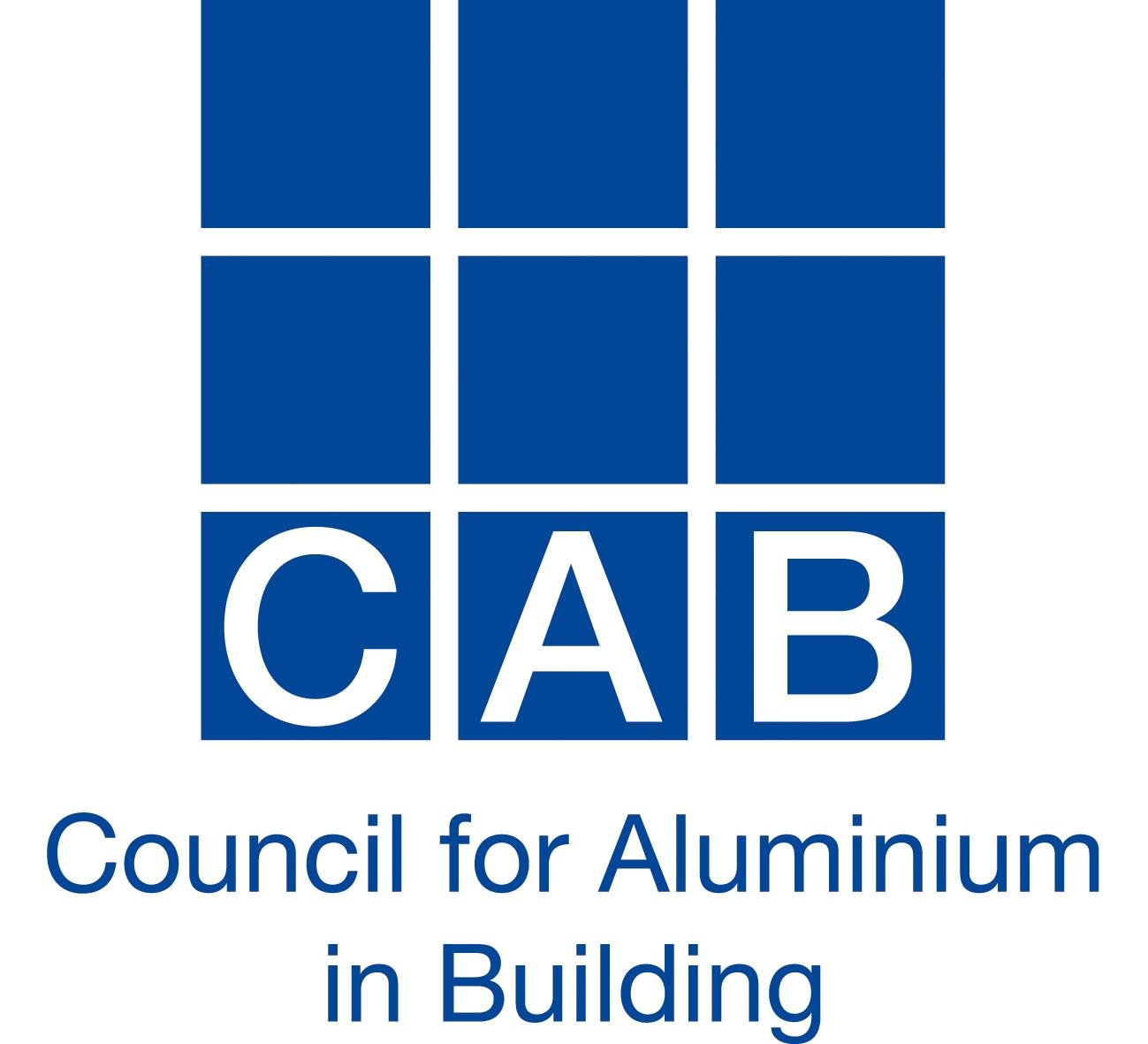When to Replace Windows?
A typical new aluminium installation
Few homes today are still single glazed, most have double glazing installed, so why consider changing them? The Council for Aluminium (CAB) has drafted a handy homeowner guide on how to determine when windows need to be replaced.
Windows are important for letting in natural light, keeping out the cold and enhancing the aesthetics of a home. The lifespan of windows can vary depending on different factors, double glazing in windows typically last around ten years, but, with proper installation and maintenance, they can last even longer. The chosen material of the window frames affects their lifespan. Timber frames can last up to fifty years with regular maintenance, which includes repainting on average every five years. PVC frames are typically replaced after approximately fifteen years, and aluminium frames can last sixty years or more with minimal maintenance.
Apart from the visual aspect which prompts replacement, there are several other signs to look for when determining if windows need to be replaced. Condensation between glazing panes indicates broken seals, which compromises insulation and soundproofing. It is crucial that glazed units are ventilated around their perimeter, something that is provided by aluminium and PVC systems, but more difficult to determine in timber systems.
Difficulties in opening or closing windows may indicate damaged hinges. Warped frames, noticeable drafts, frame rot, missing weather seals and locking issues are also signs that windows may need to be replaced. Mould on reveals suggest that cold bridging is occurring and this needs to be investigated prior to window replacement. Faded furniture and carpets near windows suggest that the windows do not have more modern UV protection. Excessive noise transmitting through to the inside can also be a sign that windows need to be replaced, as modern windows with double or triple glass panes and seals provide better sound insulation.
To maintain windows, it is recommended to inspect them annually, clean the friction stay tracks and mechanisms with a damp cloth, lightly oil the mechanisms and hinges, adjust screws to ensure smooth operation, clean blocked drain holes, and check for cracks or holes in the trim and seal around the windows. If only a certain part of a window is wearing out, it may be more cost effective to replace that specific part rather than the entire window, if the parts are still available. Engaging a company to perform an annual check and service of windows and doors can also help maintain their condition.
Old double glazing is probably not gas filled, particularly windows with narrow air spaces, but, even if they were, gas does escape over time reducing the glazed unit performance. New glazed windows should offer an optimal airspace within the glazing of 16mm and be gas filled with either argon or krypton gas. Argon’s thermal conductivity is roughly 67% that of air and inexpensive, most companies use this gas fill as standard. Krypton gas is best used in glazed units with a narrow air space, since it functions best when there is a thin gap between the panes about 10mm or less. For this reason it is often used in triple-pane glazed units, where there is an additional layer of glass for additional thermal performance.
Modern ‘coated' glasses, which include low-e coatings, can reflect radiant heat back into the home or, in some cases, can be reversed to help keep a home cool by reflecting solar radiation. These coatings and gas filled units today come as standard and do make a considerable impact on thermal efficiency.
Thermal efficiency of window systems has improved significantly over the last few decades, from the older timber or steel-framed single glazed windows, to todays triple glazed systems. Thermal efficiency has taken centre stage and although you may already have double glazing installed, new, more efficient window systems offer better aesthetics, ease of operation, lower maintenance costs and better insulation for the home whilst increasing comfort. Question is, when is the optimal time to replace windows and doors?
If the window or door is failing in operation or has a glazed unit that needs replacing, it may be more beneficial to invest the costs of this maintenance in a new replacement product. Not only will the new product come with a warranty, it will also have increased thermal efficiency. But, there are many other considerations for the homeowner, a vital one being affordability.
Material of choice also has a bearing on the cost of replacement, today the prime choices are traditional timber, PVC and aluminium. Each have their place in home improvement, but aluminium has more recently become an aspirational choice due to increased cost, with the additional benefits of slim lines, long life expectancy and the fact that it is fully recyclable at the products end of life. It is recommended to choose windows with a warranty of at least ten years to protect a homeowners investment.
The thermal performance of current replacement windows and doors are close to what is going to be required for our low-carbon future, where the energy we do use in heating comes from renewable sources. Products do exist which offer even higher levels of insulation and when coupled with an increase in building fabric efficiency takes us to a ‘Passivhaus’ standard which requires a space heating energy demand of not more than 15 kWh per square metre of net living space per year. New buildings and refurbishment properties are increasingly turning to this standard for homes and commercial spaces. Scotland is to introduce its own Passivhaus standard next year for all new homes.
This guide is also available on the generic CAB homeowners website at residential-aluminium.org.uk and is free to use. Should you wish to learn more about the use of aluminium used in construction, please contact CAB directly, or why not consider joining the Association and be recognised as being involved in supporting your Industry and helping to shape its future. More information on our website at c-a-b.org.uk

